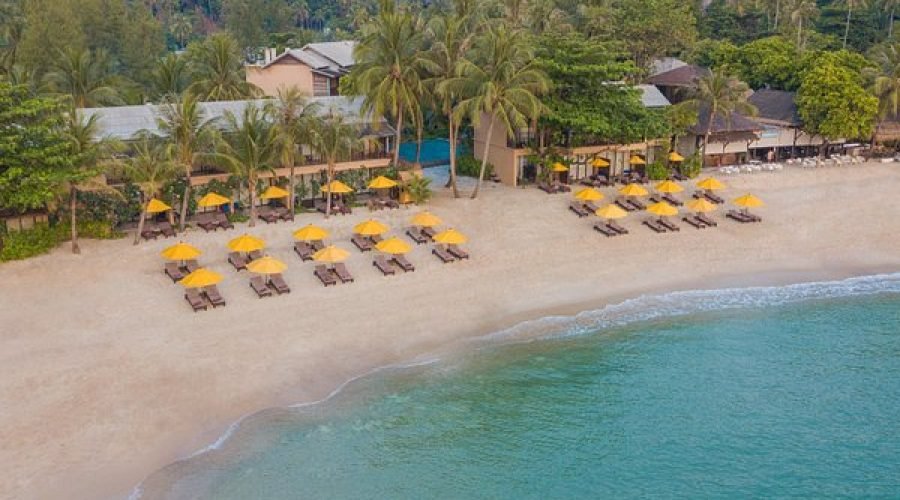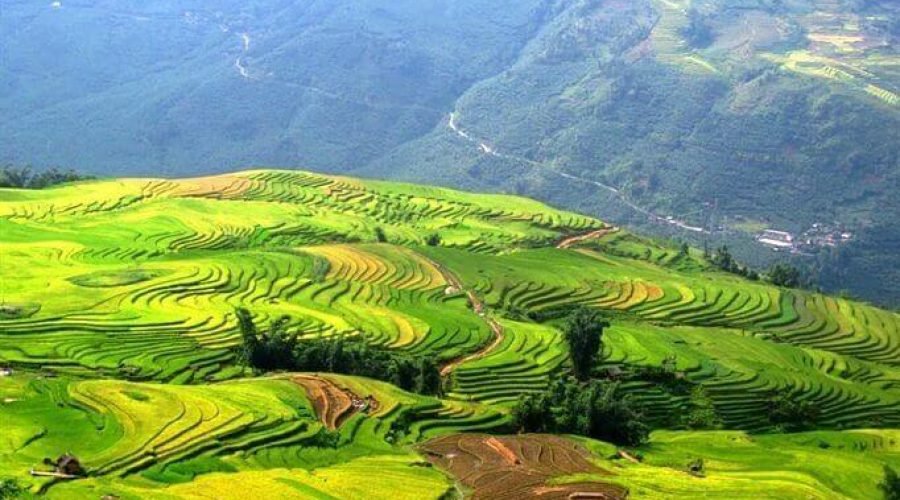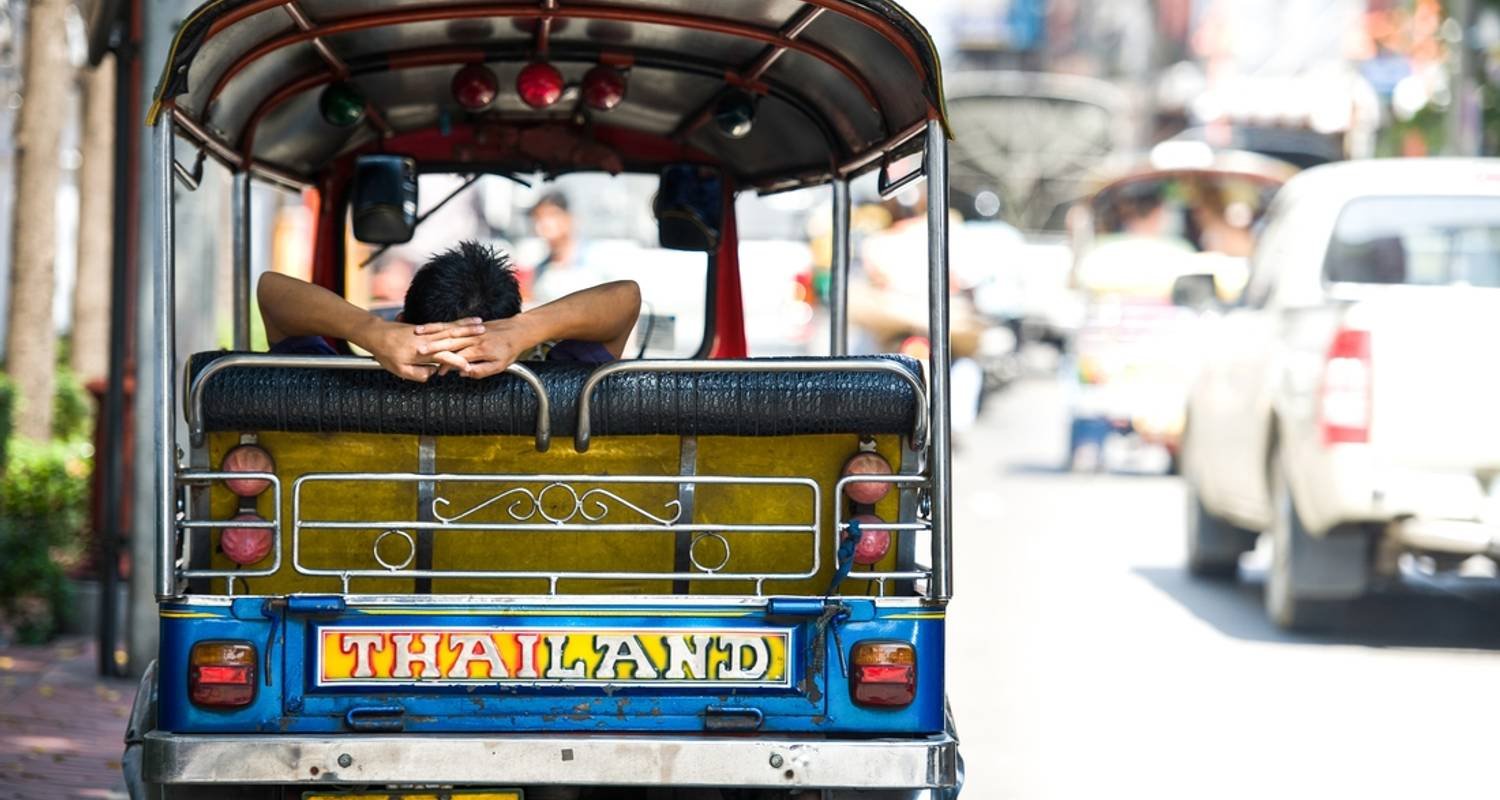You’re not alone if the words “wet season” make you shudder. When the prospect of intense rainstorms robbing them of their beach time crosses the minds of many people who have never visited the area, they flee (or run) in the opposite direction.
The wet season also refers to the “low season,” and astute travellers are aware that going off-peak has many advantages. The benefits of visiting this area in the off-season can significantly outweigh the drawbacks as long as you’re informed and take a few simple safety precautions.
1. IT’S WAY LESS CROWDED

Tens of millions of people travel to Southeast Asia every year for a reason: it’s amazing. The drawback is that at some of the “must-do” attractions, you may find yourself tussling and jostling with literally thousands of people. Travelling during the off-peak season has many advantages, including giving you more time and space to comfortably explore new places. Imagine having to wait in line, shuffle through crowds, and take pictures while at a site like Angkor Wat. Travelling off-peak allows you to avoid some of the tourist craziness and really immerse yourself in the diverse locations on offer.
2. IT’S WAY CHEAPER
Locals begin competing for the attention of the remaining tourists as the crowds start to thin out, which results in better prices and offers everywhere. You can be sure that if you’re travelling on a tight budget, your “rupee” will go a lot further. While lower airfares are the biggest perk, you will also gain from less expensive lodging and even food.
3. MORE LOCAL FESTIVALS

The low season is still a busy time for the locals; fewer tourists doesn’t mean it’s the end of the world. There are lots of opportunities to witness fascinating cultural events firsthand, including festivals honouring Buddhist Lent (July to October), the essential wet rice cultivation cycle, and boat racing (September). Take part in the vibrant festivities; it won’t cost you anything extra and may lead to some of your most memorable moments.
4. SMALLER TOUR GROUPS
This means more freedom for fun activities, more one-on-one time with your guides, and a more intimate experience overall. Since it’s easier for local guides to accommodate smaller groups for village visits and dining in local restaurants, you’ll have more chances to interact with real locals.
5. THE WEATHER…. IT’S NOT ALL THAT BAD!

The most straightforward response is that it will rain. But it doesn’t always pour. Cloud bursts are common during the height of the low season (June to September), but they usually happen in the late afternoon and end almost as quickly as they start. They are so predictable that you can plan your daily excursions around them. You might even begin to anticipate the rain as a refreshing change from the hot sun. The additional precipitation quickly transforms the landscape from the yellowy-brown tones of the dry season to a stunning verdant green.
SO WHEN IS THE LOW SEASON IN SOUTHEAST ASIA?
There are differing views on when it begins, but generally speaking, the “low season” runs from June to September.
WHAT TO DO ABOUT THE RAIN?
Being adaptable, well-prepared, and having the right attitude can mean the difference between having fun and not having fun while travelling.
• Mosquito repellent is essential, as there are more of them around at this time of year.
• Pack light, loose, breathable clothing, and of course, a quality waterproof layer is key.
• You can buy an umbrella on almost every corner, so don’t worry about packing one.
• Add a little extra time to your travel schedule to account for any delays.
• You’re going on vacation; crack open a beer, unwind, and have fun!


0 Comment